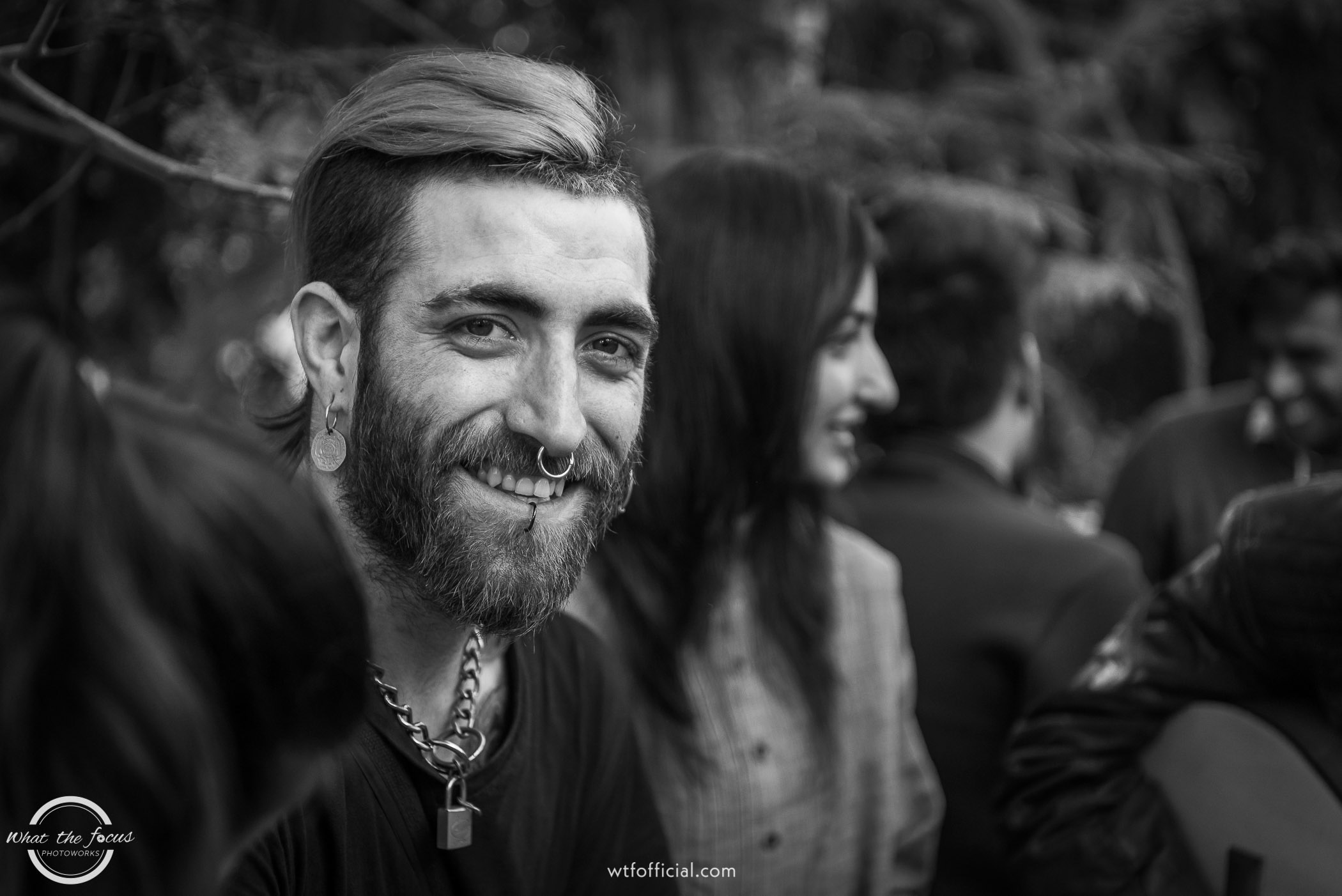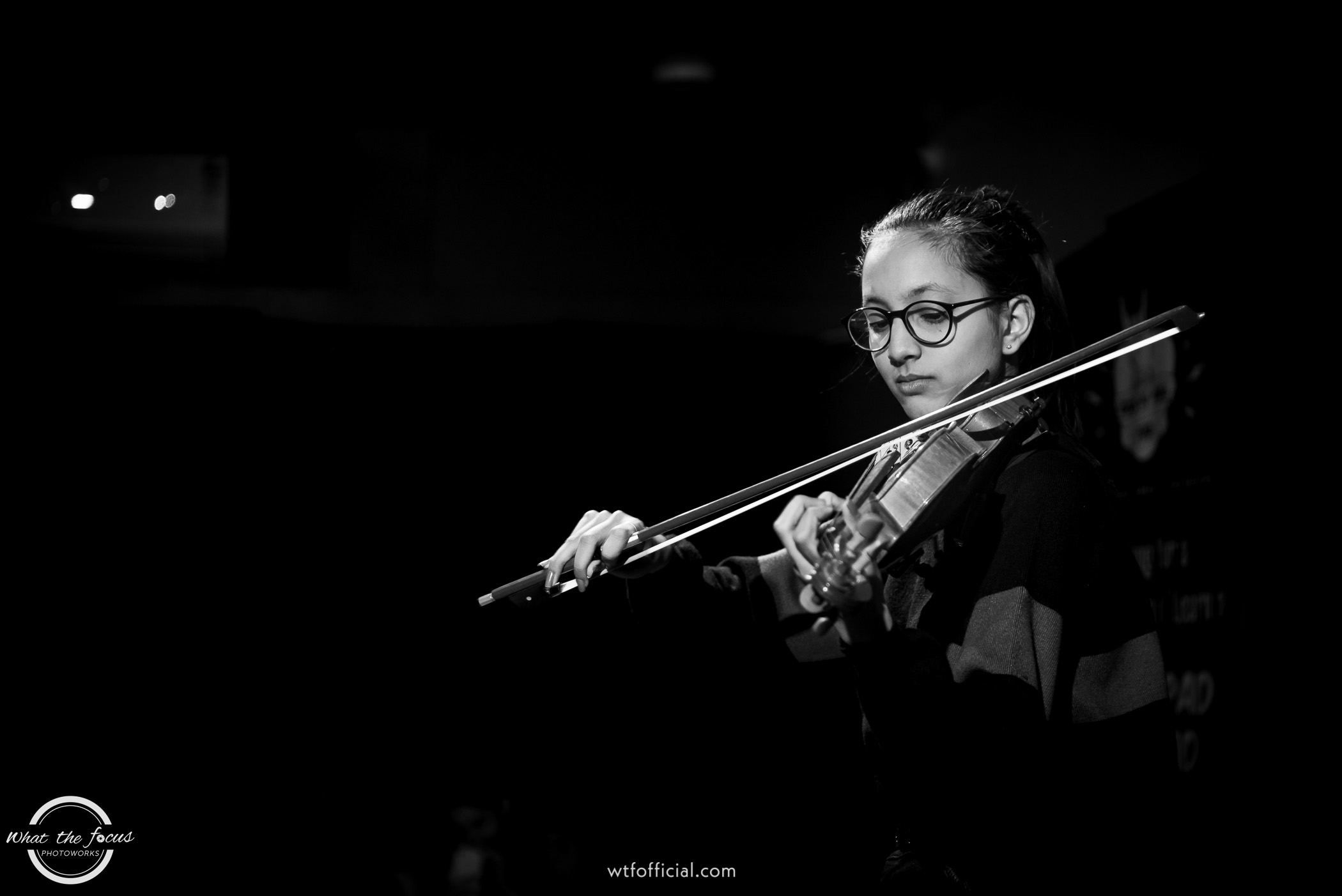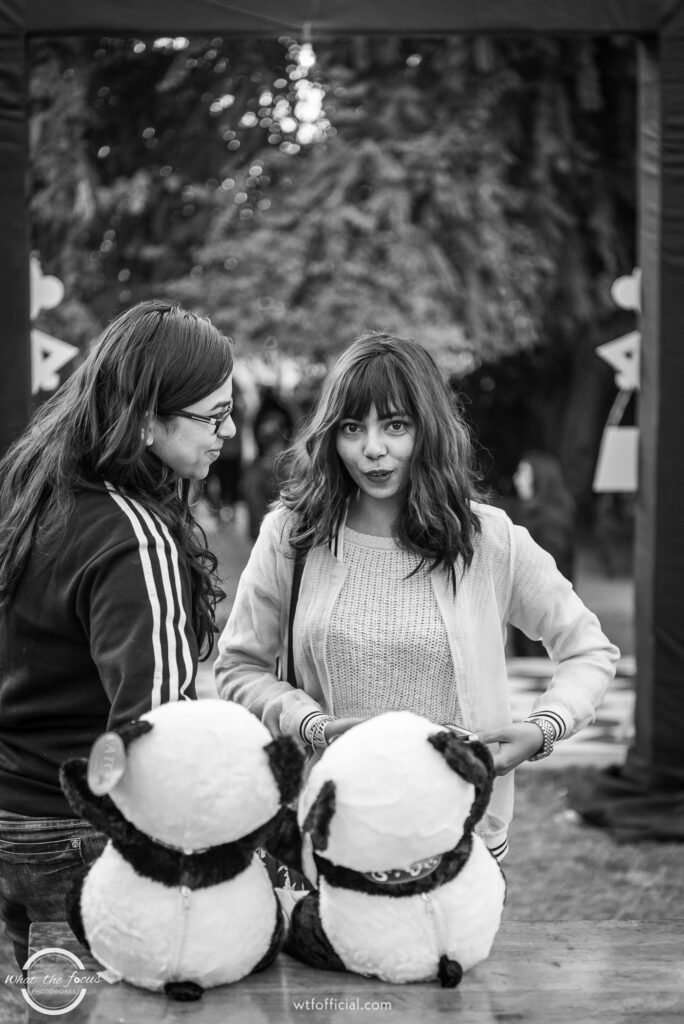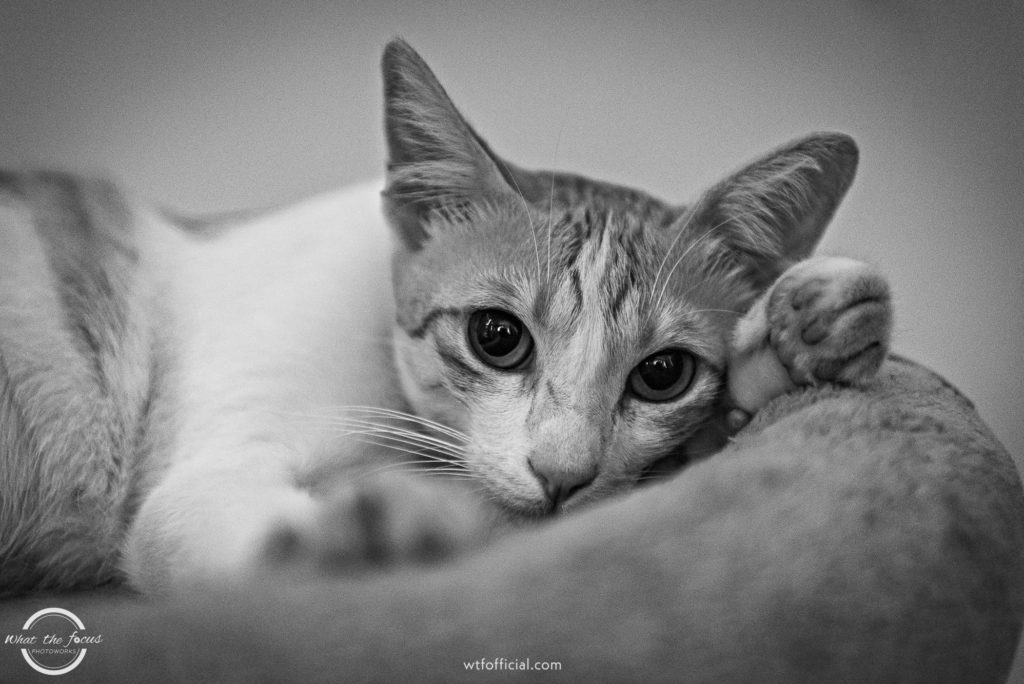"Black and white always looks modern, whatever that word means."
-Karl Lagerfeld
Monochrome, the art of playing with a single color tone, often mistaken that it solely refers to the style of black and white photography. It's not wrong, since that's the foundation pillar, adding a color tone to our grayscale image would still be considered a monochrome picture. Black and white images follow the grey color scheme as a standard, although a tone like brown or cyan completely alters the mood. Like how our vision makes us perceive sepia with a touch of history, it's natural to take assistance from the color grading palette depending on how the shot is to be portrayed.
The human eye is attuned to recognize colors, and when that's excluded from a photograph, the composition and theme of the click gain significance. The subject claims importance. Black and white photography replaces the dynamic colors of a scene with grayscale equivalents. This technique enhances texture, plays with contrast and the blend of shadows. It provides a completely different perspective, enabling this domain to be explored vividly by our imagination. Drifting away from the known colors is often an exciting journey. No denying my personal bias for black and white pictures.

Considering portrait photography for example, gone are the days when the subject would have to sit hours in front of the camera resulting in bland, dull faces. Profile shots and the professional corporate themed pictures appear striking when presented in monochrome. Expressions and candid captures in B&W result in worthy memorabilia. It has the potential to add an element of beauty to architecture and nature pictures, from modelling to journalism, this style brings its own level of impact.
Let's take a deeper step in order to grasp the concept and color tones of black and white photography. From a technical perspective, the 16M colors from an RGB color space are reduced to a palette of 256 colors in 8-bit grayscale. That loss is subjective, and well, in order to gain something we need to lose some. On a binary level, each of the R, G and B channels lay on an equal plane and that's one reason why there exists blending amongst the limited shades of grey. Conversely, it's tough to pinpoint the original colors from a black and white picture. Most cameras these days provide an inbuilt profile mode to capture in monochrome. Any image captured in RAW format would reflect the original colors, and has to be tweaked later during post processing. Personally, this gives a freedom to play around the desired colors and make corrections to exposure as required.
Experimenting with composition can provide contrasting results. The colorset may appear to be limiting, but the essence it carries is manifold. A good technique involves keeping a check on your histogram. The left side depicts the dark and shadows, the right side, on the other hand depicts highlights, and one point to be considered while post-processing is to avoid much clipping from either side. As a photographer, compromising on details due to overexposure is a different level of pain.


The angle of the light hitting the subject plays a crucial role. This decides the shape of the shadows. The need to understand the role of overpowering tone ought to be clear. The trick is to have your subject stand out from that blending shade of grey.
How would you improve your style of composition where you lack colors? Would you choose your theme to be more shadow centric? How do you express your subject without disturbing the color-set?
The problem cannot be tackled unless you choose to involve your vision and experiment yourself. The photographers have respected this style through ages. Initially to cope with the lack of proper resources, later as a voluntary choice. Black and white photography has a deep rooted element of excitement waiting to be discovered.
